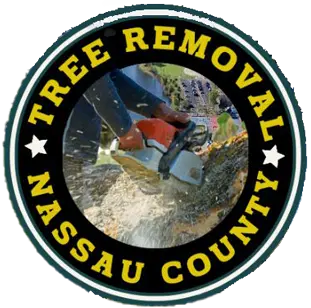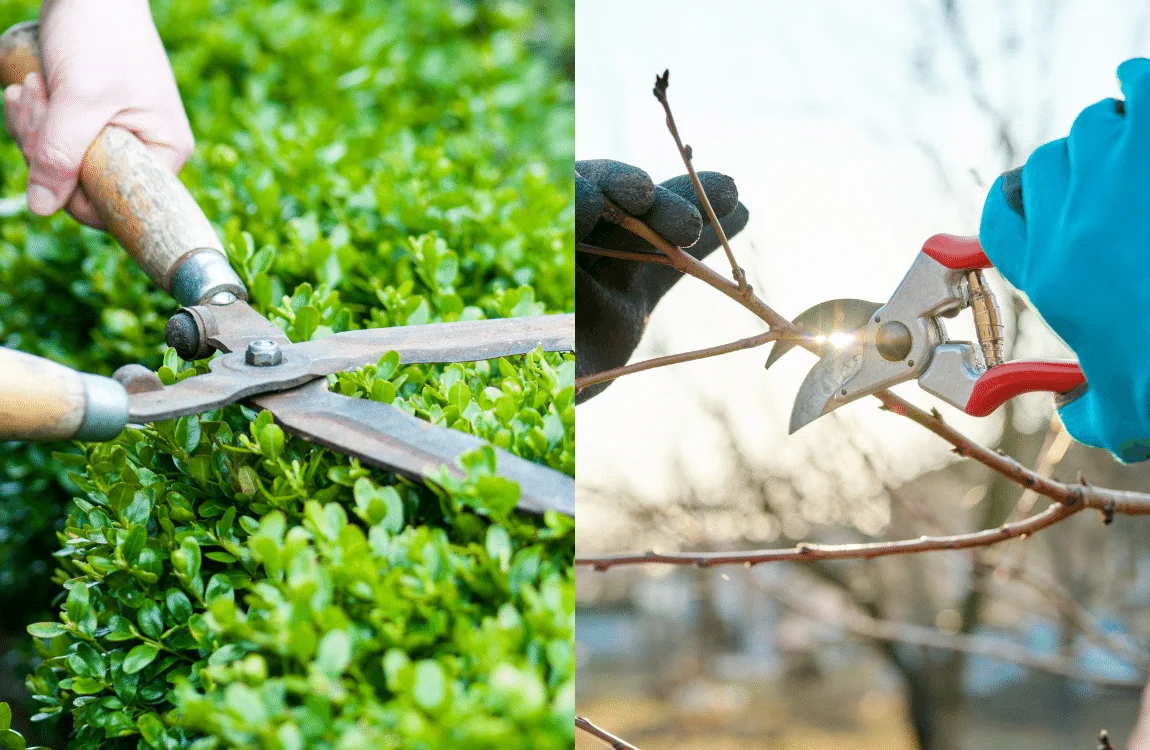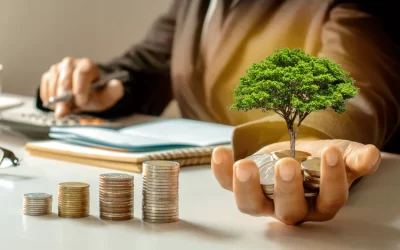Keeping your garden in top shape requires a mix of maintenance tasks, and when it comes to trees, two key practices are essential: tree trimming and pruning. Both terms are often used interchangeably, but they serve different purposes. Read on to understand how they differ and why each is important for the health and aesthetics of your trees.
Understanding Tree Trimming
Tree trimming primarily focuses on aesthetics and is carried out to maintain a tree’s desired shape and appearance. If you’ve noticed your trees looking overgrown or unruly, tree trimming is typically the service to consider.
Key benefits of tree trimming include:
- Appearance: Keeping trees shapely and attractive.
- Safety: Removing overgrown branches that could pose risks.
- Health: Enhancing exposure to sunlight and air circulation.
- Growth: Encouraging the growth of foliage and branches.
Tree trimming is usually performed on hedge rows or ornamental trees and is done more frequently compared to pruning. It often involves the removal of new growth and minor branches.
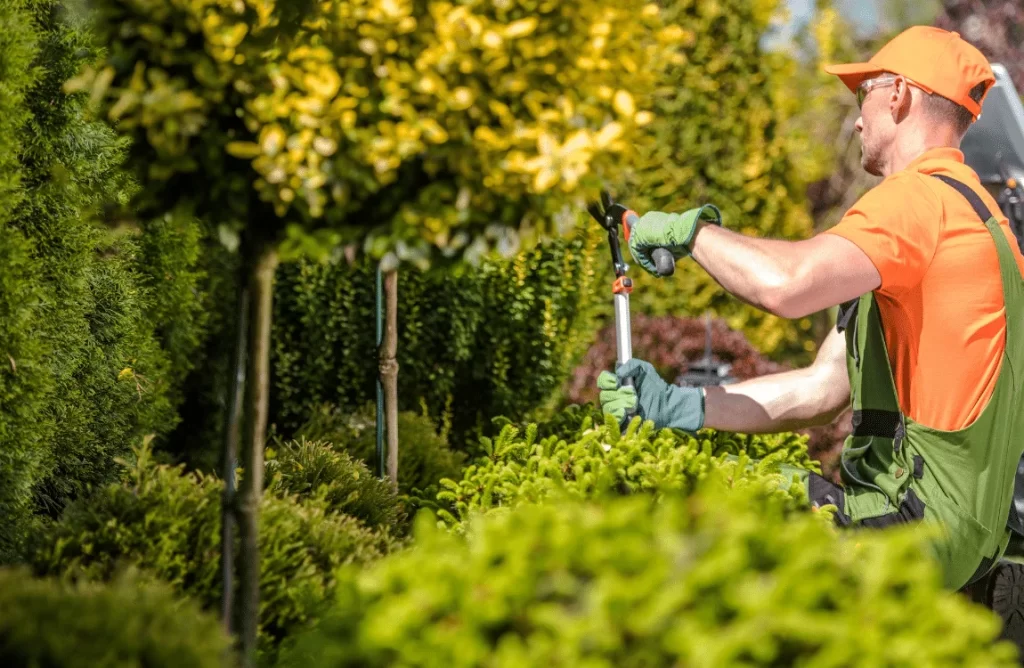
Understanding Tree Pruning
In contrast to trimming, tree pruning is a selective process aimed at improving and maintaining the tree’s health. It involves the careful removal of dead, diseased, or weak limbs and can help protect against pests and diseases.
Essential benefits of pruning include:
- Health: Removing unhealthy branches.
- Protection: Preventing the spread of disease and pests.
- Structure: Promoting a stronger tree structure.
- Productivity: Stimulating fruit or flower production.
Pruning is usually performed on larger shade trees, fruit trees, and any type of tree that requires maintaining its health and promoting a sound structure.
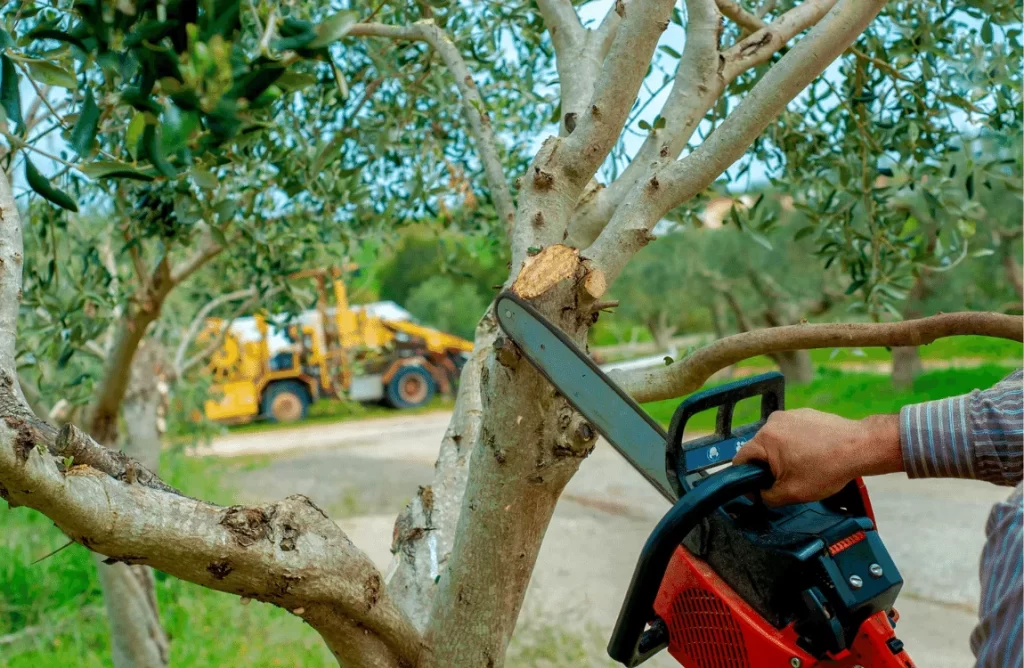
Key Differences at a Glance
| Aspect | Tree Trimming | Tree Pruning |
| Objective | Aesthetics and shape maintenance | Health and structural integrity |
| Frequency | Regularly, 1-2 times per year | As needed, often every 2-3 years |
| Technique | Shearing and shaping | Strategic cutting |
| Equipment | Hedge trimmers, clippers | Pruning shears, saws, loppers |
Choosing the Right Service for Your Trees
To ensure the best care for your trees, it’s crucial to differentiate between the need for trimming and pruning. Here are a few tips to guide you:
- If your goal is to enhance the appearance of your landscape, tree trimming is the ideal choice.
- If you are concerned about your trees’ health and long-term vitality, tree pruning is more appropriate.
- Always consider the species of tree, as different trees may have specific requirements.
- When in doubt, consulting with an arborist or a professional tree service can provide clarity on the best approach.
Remember, proper timing and technique are crucial for both trimming and pruning. Hiring professionals can not only ensure that your trees are treated correctly but also keep you safe from the potential hazards of DIY tree maintenance.
Frequently Asked Questions On What Is The Difference Between Tree Trimming And Pruning?: Unveiled Secrets
What Is Tree Trimming Primarily Used For?
Tree trimming is generally used to maintain tree shape, promote growth, and remove overgrown branches that may pose hazards.
How Often Should Trees Be Pruned?
Trees should be pruned every 3-5 years, but this varies based on species and health.
What Distinguishes Pruning From Trimming?
Trimming shapes trees for aesthetic purposes, while pruning focuses on tree health by removing dead or diseased branches.
Can Pruning Benefit Tree Health?
Yes, proper pruning removes deadwood, allows for better airflow, and prevents disease spread, enhancing overall tree health.
Happy Tree Service!
